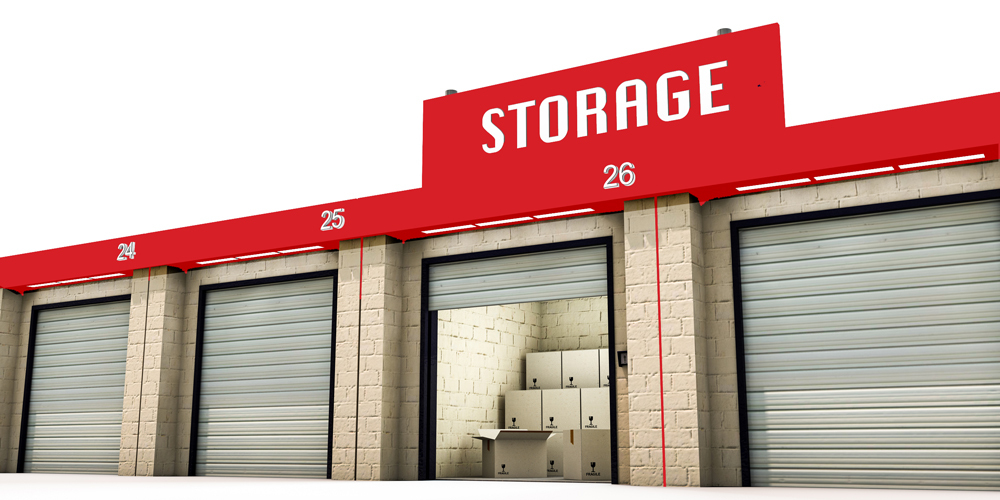- 0208 892 0369
- Contact Us
- Member Login
- Movers - Join AIM Today
This guide is to help you through the process of storing your household and commercial goods with one of our storage company members. If there is anything that is not covered by this brief guide or you have questions about your storage, you can contact your AIM Storage Mover for advice
Guide to Storage Services AIM Members offer a variety of different storage services, we have listed them below. You will have to contact your local member to find out if they carry out any of the services you may require.
|  |
What’s the difference between storage and self-storage?Storage is basically warehousing and has traditionally been a service offered by removals companies to the public. In traditional storage facilities, goods are loaded into a container, (uniquely identified for the specific customer) and stored in a warehouse for retrieval or redelivery at the end of the contract. Self-storage is usually associated with storage rooms that the customer can visit during the working day. However, many companies provide self-storage using the traditional warehousing system. Most storage providers have a degree of flexibility in the services they offer, so it’s worth asking about access if you’re unsure. | Do I need to complete an inventory?Yes. If you want your goods to be insured while in storage, you will need to complete an inventory. Your storage provider will usually have inventory sheets to make this easier. Copies are usually kept by the customer and the storer. |
How do I calculate the amount of storage space required?Storage is calculated by volume, (i.e. depth x width x height) and is measured in either cubic feet or cubic meters. To get a rough estimate, imaging the all items you want to store are stacked up, then measure the stack. This will give you the estimated volume. | Why are certain items prohibited?There are a few prohibited items where the answer is obvious, (for example, live animals and plants will not remain alive for long in a storage unit) and some items where the answer is related to insurance. Perishable goods and anything that would attract vermin are strictly prohibited, as are items that may cause or accelerate fires, such as flammable liquids, explosives, etc. Illegal goods are prohibited because they are… illegal. |
Storage Tips
Storing Your Refrigerator and Freezer
Whether you are putting your refrigerator into storage or preparing it for a long journey, special care needs to be taken to ensure the fridge stays free of mould or mildew.
These tips refer to both refrigerators and freezers, so for “fridge”, read “refrigerators and freezers”.
Step One – is to run down the contents of the fridge in advance, allowing for enough time to defrost the day before it is moved or stored. You can skip this step if you plan to give the contents to a friend, neighbour or relative.
Step Two – Defrosting. Turn the fridge off and leave the door(s) open. The time it takes to defrost is largely dependent on the amount of ice build-up and the ambient temperature outside the fridge but starting two or three days before the move will give plenty of time for drying out.
Usually, a few hours is long enough to loosen the ice so it can be gently scraped away with a plastic scraper. Avoid using metal scrapers and damaging the fridge. Place towels on the floor around the base of the fridge and check them regularly to avoid creating a puddle.
Step Three – Cleaning. Once the fridge is defrosted and all the shelves have been removed, it should be cleaned with warm soapy water and dried thoroughly. Clean the shelves and put them aside, (they can be put back in when the fridge is completely dry).
When cleaning, pay particular attention to the door seals. Clean the seals gently with a non-abrasive cloth or a sponge.
After cleaning, leave the doors open for a few hours to ensure the fridge is completely dry.
Ideally, a fridge should be stored with the door slightly open to allow for air flow, but this isn’t practical or useful if the fridge is going into storage. There isn’t going to be air-circulation in a closed storage unit. A few paper towels or an open container of baking soda can help to absorb any remaining moisture.
 | Find A Local Storage Facility Near YouStorage is growing in popularity in the UK with more and more domestic and commercial customers taking advantage of storage facilities. |